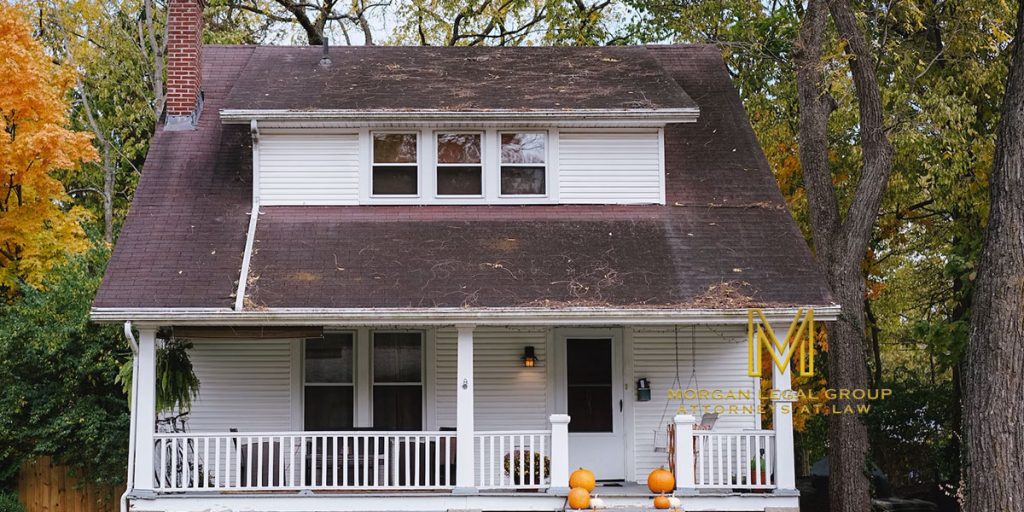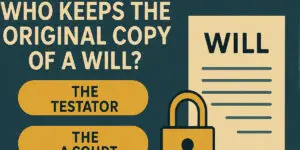The Transfer of Home Ownership and Its Impact on Medicaid Eligibility
When it comes to Medicaid eligibility and planning for long-term care, one of the most significant considerations involves the ownership of your home. For many individuals, their home represents a substantial portion of their assets. Understanding how the transfer of home ownership can affect Medicaid eligibility is crucial for effective estate planning.
Medicaid Eligibility and Asset Limits
Medicaid is a vital government program that provides healthcare coverage for eligible individuals, including seniors who require long-term care services. To qualify for Medicaid in New York, an individual must meet certain income and asset limits. The specific rules and limits can vary from state to state, so it’s essential to be aware of New York’s regulations.
As of my last knowledge update in September 2021, in New York, there is an asset limit that an individual must not exceed to qualify for Medicaid. Generally, this limit is relatively low, making it challenging for individuals who own a home or have substantial assets to qualify for Medicaid.
Home Ownership as an Asset
Your home is considered an asset for Medicaid eligibility purposes. However, it’s important to note that not all of the value of your home counts toward the asset limit. In New York, as in many other states, the equity value of your home is what’s counted. Equity is the current market value of your home minus any outstanding mortgage or home equity loan balance.
For example, if your home has a market value of $500,000 and you have a remaining mortgage balance of $200,000, the equity in your home is $300,000. This $300,000 would count toward the Medicaid asset limit.
Impact of Transferring Home Ownership
Some individuals consider transferring the ownership of their home to a family member or loved one as part of their Medicaid planning strategy. While this is a valid option, it’s important to understand the implications:
1. Look-Back Period
New York, like other states, has a Medicaid “look-back” period. This period involves reviewing any asset transfers you made in the past five years (60 months) before applying for Medicaid. If you transferred your home or other assets during this period, it could result in a penalty period during which you are ineligible for Medicaid.
2. Exempt Transfers
Some transfers may be exempt from the look-back period and penalties. For example, transferring your home to a spouse or a disabled child may not result in penalties. However, these rules can be complex, and it’s crucial to consult with an experienced Medicaid attorney to navigate them effectively.
3. Loss of Control
Transferring your home means relinquishing control over it. While you may continue to live in the home, decisions about the property may rest with the new owner. It’s essential to carefully consider the implications of this loss of control.
Planning Ahead with Legal Guidance
Medicaid planning is a complex process, especially when it involves the transfer of home ownership. It’s essential to work with an experienced attorney who specializes in Medicaid and estate planning in New York. A knowledgeable attorney can help you:
- Evaluate your current financial situation and assets.
- Explore legal strategies to protect your home and assets.
- Understand the Medicaid rules and regulations in New York.
- Minimize potential penalties or delays in Medicaid eligibility.
- Ensure your wishes are respected regarding the future of your home.
At Morgan Legal Group, our team of experienced attorneys is dedicated to helping individuals and families navigate the complexities of Medicaid planning and estate law. We understand the importance of protecting your assets while securing the healthcare coverage you need.
Conclusion
Transferring home ownership can have a significant impact on Medicaid eligibility and your overall estate plan. It’s a decision that should not be taken lightly. Seek the guidance of an experienced attorney to develop a strategic plan that aligns with your goals and ensures your long-term care needs are met while protecting your home and assets.









